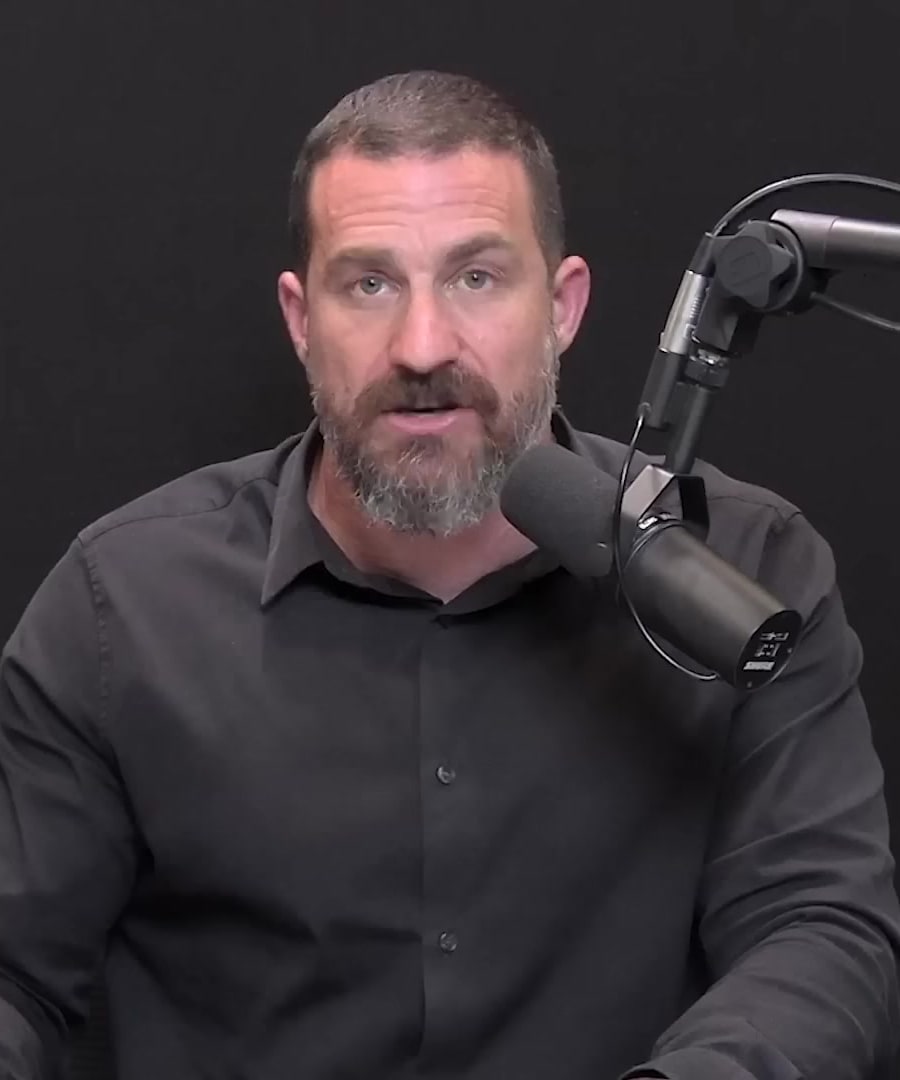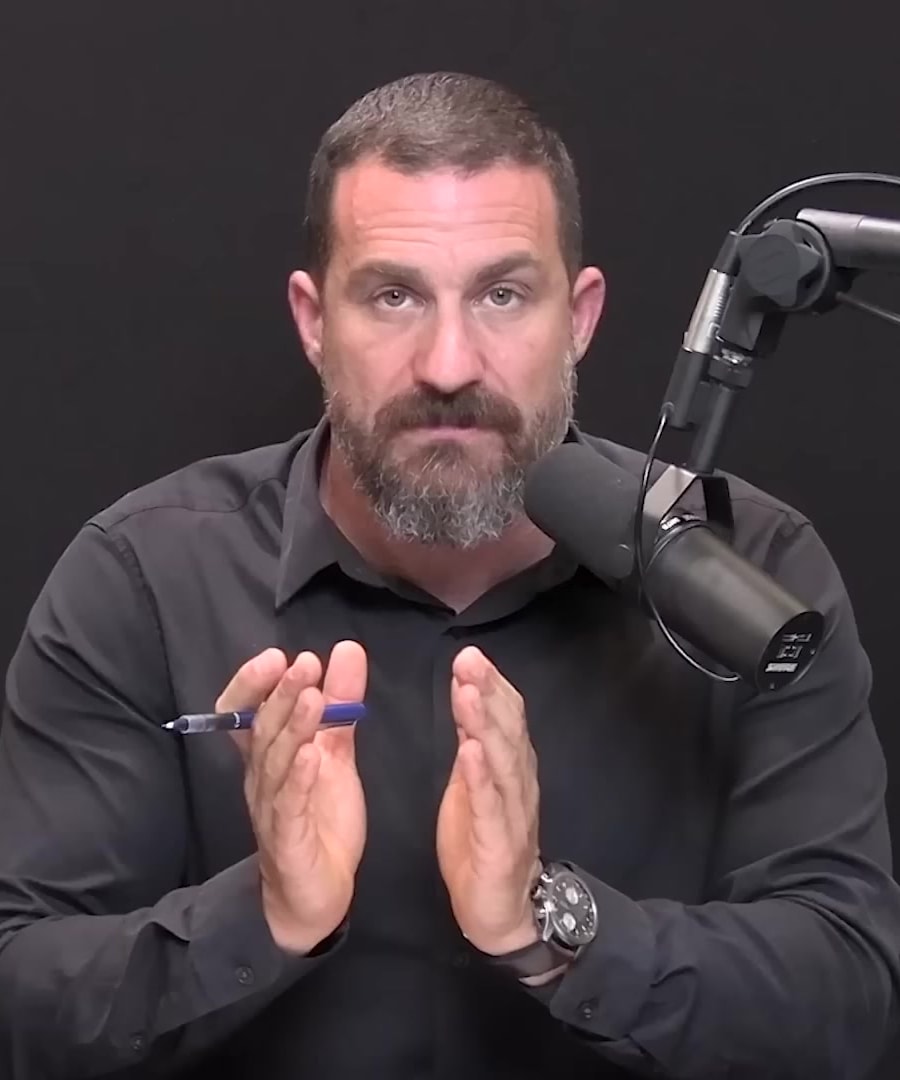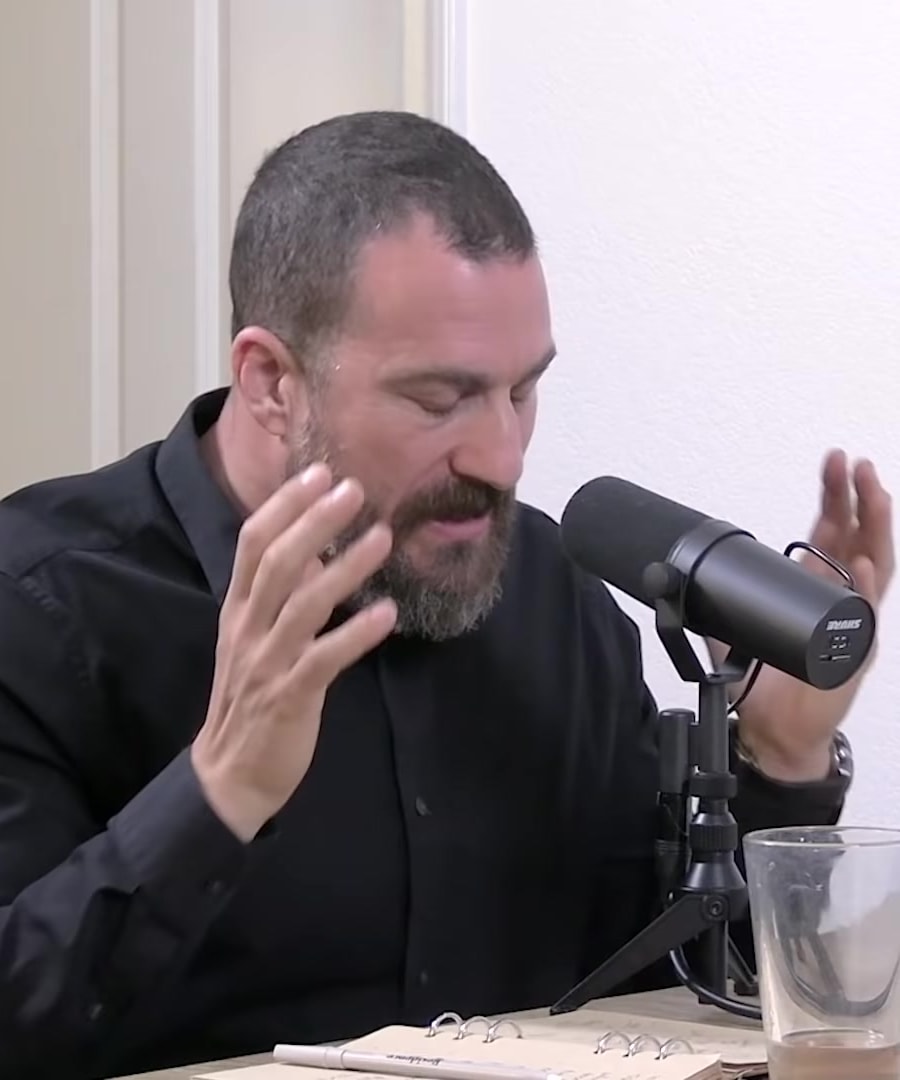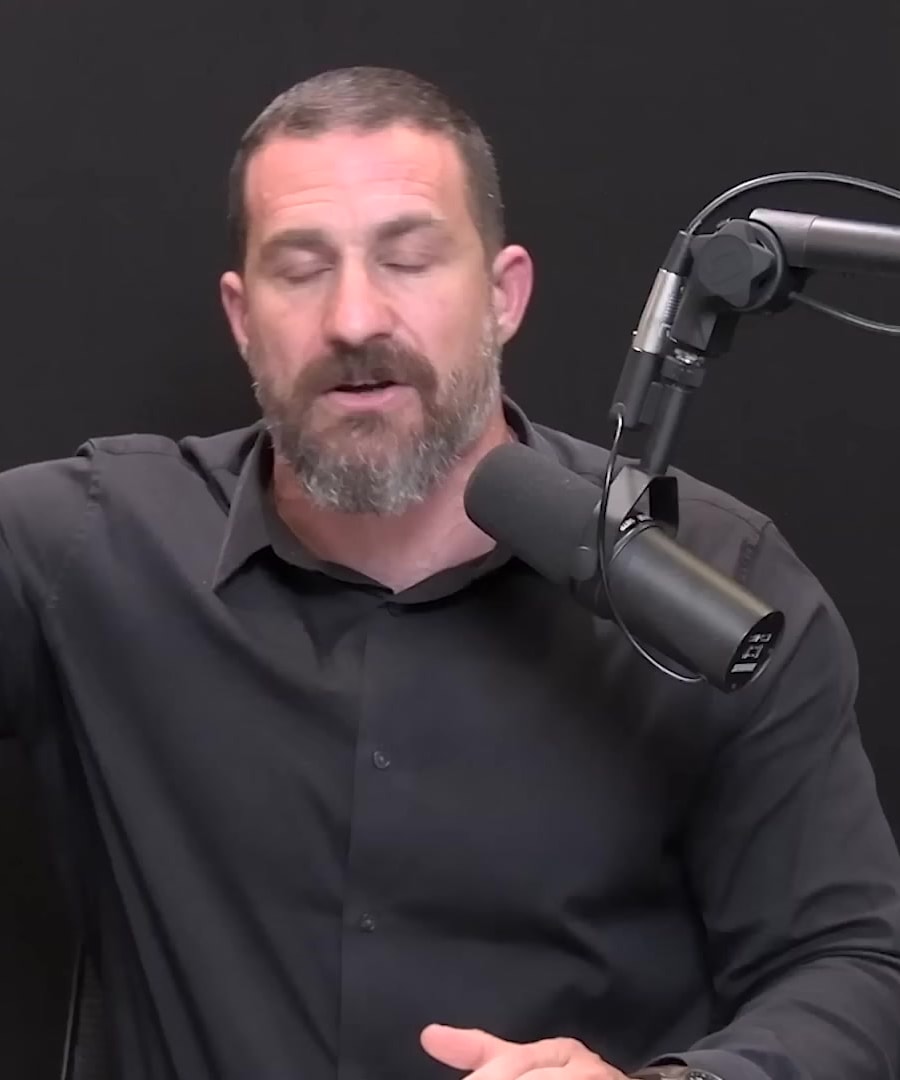What can you tell me about dissociation?
Sources:
Dissociation is a mental process involving a lack of connection in a person's thoughts, memory, and sense of identity. describes dissociation as often being associated with traumatic events, where people might feel out of body or disconnected from the experience during or recollecting the trauma 1. It lies at the opposite end of a continuum with interoception, which is sensing and interpreting signals originating from within the body 1.
Regular meditation practice can help us become more interoceptively or exteroceptively aware, and teach us to deliberately move along the continuum between interoception and dissociation 2. However, optimal mental health resides somewhere in the middle of this continuum, balancing interoception and dissociation, enabling a person to be connected to their experiences without being overwhelmed 3.
Dissociation can also be encountered during certain treatments for trauma, and it might seem paradoxical that drugs like Ketamine, which induce a dissociative state, are used in these contexts. It's thought that Ketamine allows patients to reconfront traumatic situations from a different point of view, potentially assisting in modulating associations to the trauma 4. Dissociation in the context of PTSD might act as a defensive mechanism, creating a separation of the sense of self from the body, which does not result in numbness but a disconnection from bodily happenings 5.
The dissociative states triggered by Ketamine are meaningful because they involve an uncoupling of neocortical brain circuits, leading to different dominant rhythms in the brain, particularly a theta pattern of activity, which is associated with a dreamlike state. This uncoupling and resultant shift in brain activity are significant in Ketamine's effect as a treatment for depression and related conditions 6.
RELATED QUESTIONSHow can one use a meditation that implies the recitation of a mantra while looking into a mandala to help with dissociation symptoms?
Sources:
To address symptoms of dissociation through meditation, it's essential to first evaluate whether you have a bias towards dissociation or interoception, which means being overly focused on internal or external experiences, respectively. If you tend to dissociate, engaging in a meditation practice with a focus on external objects, like the visual focus on a mandala, can help ground you and bring you out of the dissociative state by directing your attention to something outside your body 1.
Using a mantra during this practice can further assist in this process. Mantras serve as a focal point to stabilize the mind and bring attention to the present moment, which can reduce the tendency for the mind to wander towards dissociative thoughts. Recitation of a mantra can be a valuable part of meditation that brings the balance between being present and grounded in one's environment while preventing over-identification with internal sensations or narratives, thereby aiming to maintain that crucial middle ground on the continuum of mental health 2 3.
Therefore, if you are experiencing symptoms of dissociation, you might find it helpful to engage in a meditation practice that combines focusing on an external object, such as a mandala, with the recitation of a mantra. This approach should ideally foster increased attentiveness to external stimuli and help balance your internal awareness, potentially lessening the effects of dissociation 1. Always consult with a mental health professional for personalized guidance and support when dealing with dissociative symptoms.
RELATED QUESTIONSDo you have any suggestion of a meditation protocol that can be used with a meditation with a mantra and a mandala to help with dissociation symptoms?
The has not provided a specific meditation protocol that combines the use of a mantra with viewing a mandala for addressing dissociation symptoms. However, I can offer a general suggestion based on the principles discussed within the scope of meditation and grounding techniques.
Here is a general meditation protocol you can try:
-
Select a Mantra and Mandala: Choose a mantra that resonates with you, something you can repeat effortlessly. Also, select a mandala that you find visually appealing and calming.
-
Set Up Your Environment: Find a quiet, comfortable space where you will not be disturbed. Place the mandala at eye level so that you can gaze at it comfortably.
-
Prepare Yourself: Sit in a comfortable position with your spine straight. Take a few deep breaths, allowing your body to relax.
-
Gaze at the Mandala: Soften your gaze and allow your eyes to focus on the mandala. Try to maintain a relaxed and steady gaze, taking in the entirety of the mandala's design.
-
Introduce the Mantra: Begin to silently repeat your chosen mantra in your mind. Synchronize the mantra with your breath if possible, repeating it with each inhalation and exhalation.
-
Maintain Focus: Continue to gaze at the mandala and repeat the mantra. When your mind wanders, gently bring your focus back to the mandala and mantra.
-
Close the Practice: After the desired amount of time, slowly withdraw your gaze from the mandala. Rest your eyes by closing them and sit quietly for a few moments. You can conclude the meditation by bringing your palms together in front of your heart and thanking yourself for the practice.
-
Reintegrate: Open your eyes, take a few deep breaths, and take a moment to reflect on the experience before getting up.
Please note that meditation and mindfulness practices are highly personal, and effectiveness can vary. It's essential to tailor your practice to your individual needs and preferences. If dissociation is impacting your daily life or mental health, it's important to seek guidance from a qualified mental health professional to develop an appropriate treatment plan tailored to you.
RELATED QUESTIONS-
What can you tell me about dissociation?
- RELATED QUESTIONS
How can one use a meditation that implies the recitation of a mantra while looking into a mandala to help with dissociation symptoms?
- RELATED QUESTIONS
Do you have any suggestion of a meditation protocol that can be used with a meditation with a mantra and a mandala to help with dissociation symptoms?
- RELATED QUESTIONS







